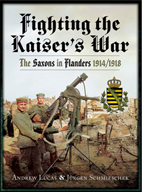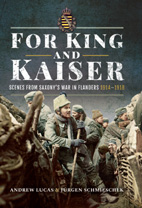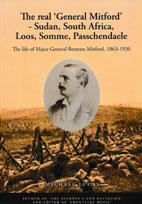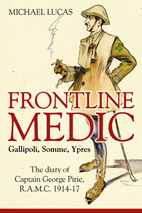This is a snapshot of the final peacetime dispositions of the Kgl. Sächs. Armee which I drew up for Fighting the Kaiser's War. Further planned changes were permanently put on hold at mobilisation. For instance Fußartillerie-Regiment 19 had only been expanded to regimental strength in autumn 1913 and its second battalion was still in temporary accommodation at the Truppenübungsplatz of XIX.AK at Zeithain. A new barracks in Chemnitz had just been completed for Feldartillerie-Regiment 68, but would never be used by them and instead be used to accommodate prisoners of war.
The pace of change can be seen by comparison with the situation in 1904, shown in the contemporary print below. The major absences are Infanterie-Regiment 182 (formed 1912), Fußartillerie-Regiment 19 (formed 1912 as a battalion), Husaren-Regiment 20 (formed 1910) and Telegraphen-Bataillon 7 (formed 1913 from the former Saxon 3. Kompagnie of Prussian Telegraphen-Bataillon 1, which can be seen listed under Berlin on the 1904 map). The small Saxon aviation elements are also entirely absent.
Most notable however is the presence of several short-lived units which ceased to exist before 1914. In 1904 provision of machine-guns was still limited to a single detachment with each corps, including Maschinengewehr-Abteilung 12 in Dresden and 19 in Leipzig. With the introduction of the mass-produced MG 08 it became possible to form an MG company in every Saxon infantry regiment and Jäger battalion (plus the mounted Maschinengewehr-Abteilung 8 to support the projected 8. Kavallerie-Division), with the result that these units were dissolved and their personnel widely dispersed. Also depicted on the map are the two corps squadrons of Jäger zu Pferde. While in their army the Prussians gradually formed entire regiments from these former despatch rider detachments, the Saxon squadrons were dissolved entirely and their uniform disappeared from the Kgl. Sächs. Armee. The supposed need for additional cavalry was instead met by the formation of Husaren-Regiment 20, which as an economy measure never received a peacetime 'colourful' uniform of its own and officially only ever wore Feldgrau (in reality, pre-war photos show that the regiment sometimes used 'colourful' uniforms from Husaren-Regiment 18 and 19).
































